Cellist and teacher Naomi Yandell argues that while backing tracks are a useful learning tool, and more adaptable than you might first imagine, they create an experience gap that needs bridging
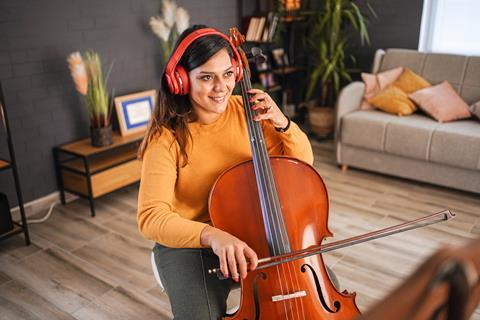
Discover more Featured Stories like this in The Strad Playing Hub
Read more premium content for subscribers here
Imagine for a moment that you are on stage. On this occasion, however, it isn’t necessary to set the speed, or to lead in, or to make eye contact with anyone else. Instead, you have practised your piece a zillion times with exactly the same accompaniment, so you know precisely how it will sound. You are, of course, playing to a backing track, which these days is an invaluable skill for any musician; and with some of the fancy backing tracks available, they can be both fun and motivational in an educational setting.
There are lots of reasons why backing tracks are popular – and indeed, many educational publications aren’t seen as complete without them. They often sound great, with imaginative arrangements that bolster a student’s confidence. Teachers may not have a keyboard in their teaching studio or be able to play the piano well enough to accompany their students, or they might choose to lead a group of students on their stringed instrument. The cost of a live accompanist is sometimes prohibitive too, so backing tracks are helpful for parents on limited budgets or those living in places where it isn’t easy to find a pianist.
Some exam boards still allow backing tracks, at least for the early grades
The pandemic further amplified the role and status of backing tracks. It forced teachers and examination boards to take them seriously – initially just for the period of the pandemic, but since that time too, so that some exam boards still allow them as accompaniments, at least for the early grades.
Backing tracks have other advantages. They can be used at home, meaning that students know the accompaniment well and are used to playing with it. They tend to keep students in time, the tempo can be adjusted for practice and, most importantly, students enjoy using them.
Like many other teachers, I have recently taken on a student who has been learning exclusively online, even since the pandemic. He is reserved, but I have sensed that he is enjoying our lessons. Feedback from his mother has confirmed this, with the live piano accompaniments and duet playing a particular plus point.
Read: Opinion: A case for depping
Read: ‘Cut the Stradivari cord’ - Opinion
Discover more Featured Stories like this in The Strad Playing Hub
Read more premium content for subscribers here
Although I fully accept that backing tracks can work well, since their use has become more widespread I have had to alter my teaching quite a bit to introduce at a later stage than usual aspects of performance such as the presence of a live audience (easily integrated into the life of a child with the idea of a soft-toy audience), the adrenalin rush, thinking in the moment, eye contact, the setting of a suitable speed, stagecraft and so on. Early habits endure, so it has proved a little more challenging than I had expected.
To focus on this experiential gap, I find I am playing the piano more than I ever thought I would, and I’m playing a lot of duets (included now in many graded exams at the early stages – why not in the higher grades?). I find it refreshing, as do my students, and am having to use fewer words. However, I feel there is still some way to go before my new pupil might be ready to face a student concert along with all the associated uncertainties and vagaries. For him, playing in the heat of the moment is aeons away from playing with a backing track and recording the performance.
Both live and recorded situations are important growing experiences for students, and both are potentially anxiety-inducing. Live concerts are short and sharp, but the agony is arguably more drawn out with recorded playing – it is always possible to have another try and there may be pressure to re-record anything that goes awry. Let’s embrace the advantages of backing tracks, but let’s not forget the value and enjoyment of playing in the moment so that our students are ready for anything.
Read: Opinion: Playing by numbers
Read: ‘The violin concerto lives again’ - Opinion
Discover more Featured Stories like this in The Strad Playing Hub
Read more premium content for subscribers here
The number one source for playing and teaching books, guides, CDs, calendars and back issues of the magazine.
In The Best of Technique you’ll discover the top playing tips of the world’s leading string players and teachers. It’s packed full of exercises for students, plus examples from the standard repertoire to show you how to integrate the technique into your playing.
The Strad’s Masterclass series brings together the finest string players with some of the greatest string works ever written. Always one of our most popular sections, Masterclass has been an invaluable aid to aspiring soloists, chamber musicians and string teachers since the 1990s.
This year’s calendar celebrates the top instruments played by members of the Australian Chamber Orchestra, Melbourne Symphony, Australian String Quartet and some of the country’s greatest soloists.







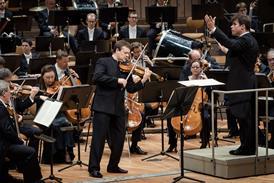

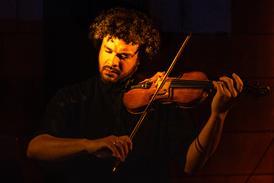


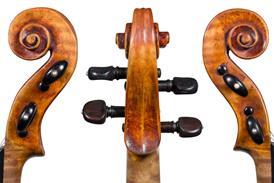


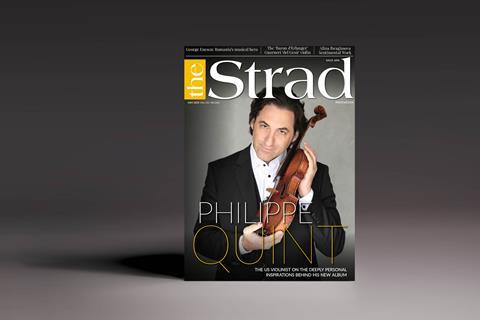









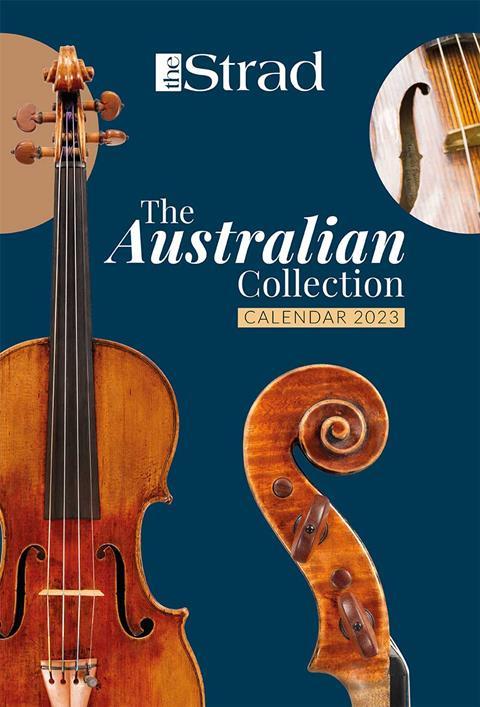












No comments yet